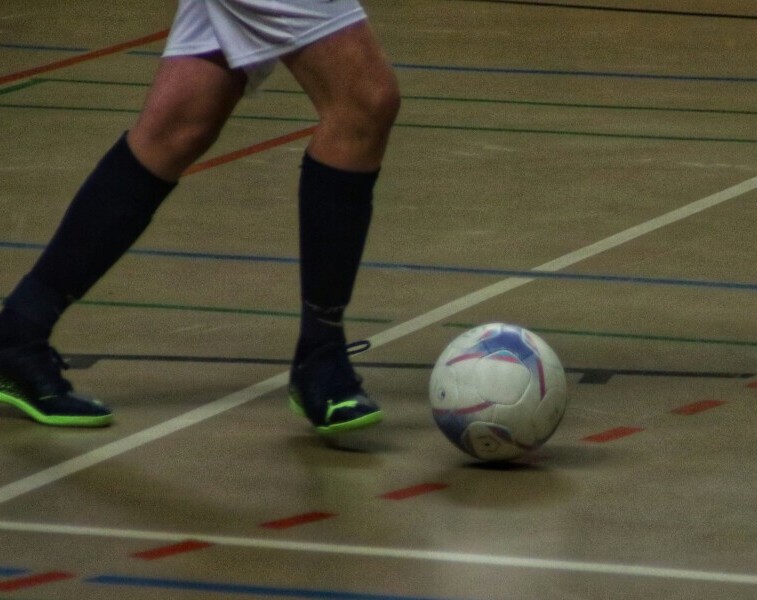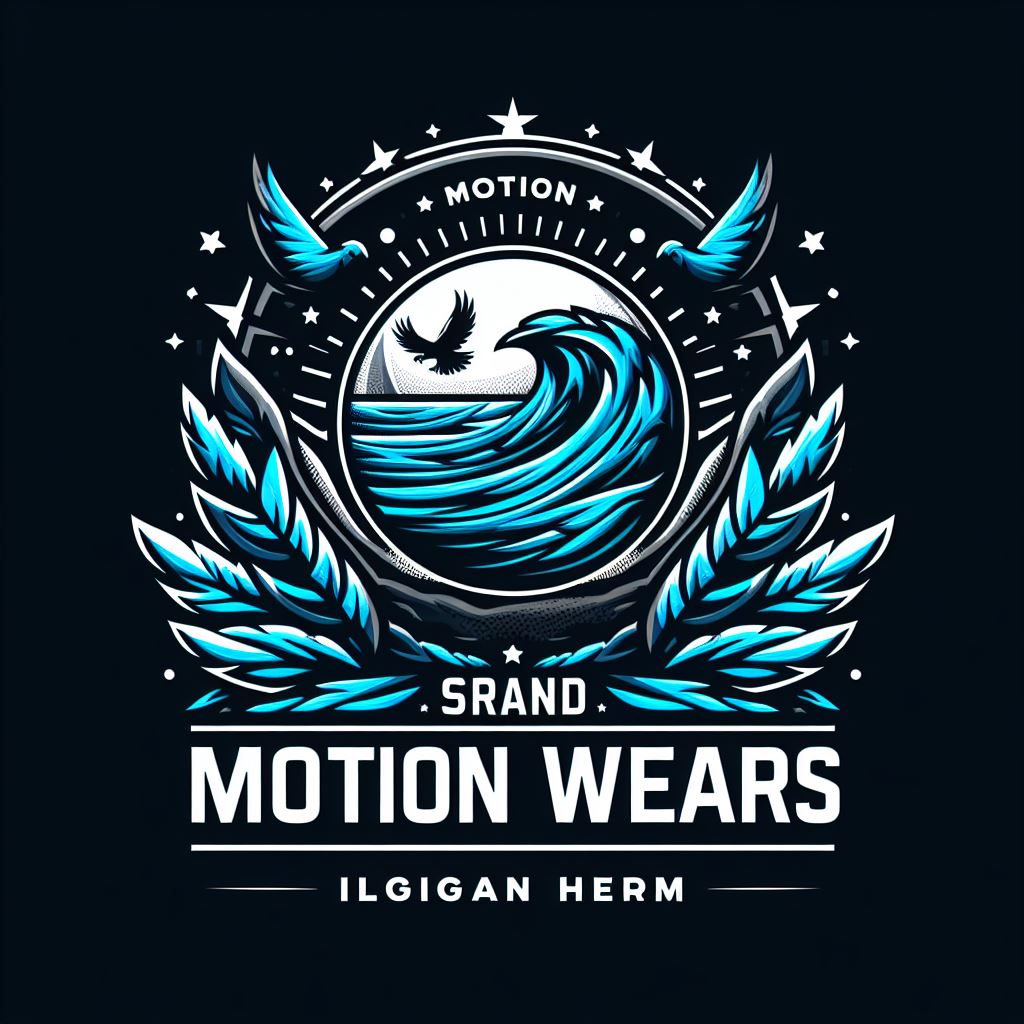
First touch might seem simple, like just getting the ball under control. But it goes way beyond just that. A solid first touch sets the stage for everything else you do on the field. It’s like when an artist stares at a blank canvas—how they start matters, opening possibilities or shutting them down.
At its core, an effective first touch means controlling the ball’s direction and speed right from the get-go. This helps shift the field to your advantage, whether you’re making an offensive play or holding the fort on defense. A player with a keen first touch can manipulate the game’s tempo, threading through defenders or opening up passing channels.
Mastery in first touch also breeds confidence. Yeah, that’s right. When you’re in those nerve-wracking moments—split-second decisions under the lights—knowing you got the touch that won’t let you down keeps you calm and collected. It’s not just skill; it’s psychological strength. You know you’ve got it, and others see it too.
Looking at some pros, like Pogba or De Bruyne, their excellent first touch didn’t just make them stars but legends. With a single touch, they positioned themselves to see opportunities others missed. Their footwork wasn’t just technical; it was strategic and visionary. Studying their game shows how a great first touch is the cornerstone of elite play, blending skill with the art of anticipation.
Techniques to Develop a Proficient First Touch
Mastering your first touch starts with understanding how to use different parts of your foot for various situations. The inside of the foot offers more control, perfect for keeping the ball close under pressure. But don’t shy away from using the outside for quick directional changes, catching opponents off guard. Each part serves its purpose, and mastering them aligns your skills for versatility on the pitch.
Body positioning is a game-changer. Imagine you’re a chess player, thinking two steps ahead. Adjusting your body before the ball even arrives lets you control it better, prepare for the next move, and see the field more clearly. A slight angled body stance can open up spaces that let you dictate play rather than react to it.
When you train, variety is your friend. Mix it up with drills that incorporate pressure and different passing angles. Try juggling to improve touch sensitivity or one-touch passing with a teammate. Even wall passes can simulate quick in-game scenarios. These exercises build muscle memory, making crisp touches second nature.
Another powerful tip is to visualize game scenarios while you train. Picture the pass coming at you in a full-speed game situation. This mental rehearsal syncs your mind and body, refining your touch to instinctively respond in actual games. Your training has to mimic match intensity, so push the limits—feel the edge of in-game pressure.
Common Mistakes and How to Avoid Them
Understanding the typical slip-ups with first touch is half the battle won. Many players, especially when starting out, panic and rush their moves. It’s like trying to type an urgent text while running—accuracy plummets. Instead, cultivate patience when receiving the ball. Taking that extra split-second, rather than lunging at the ball, can dramatically sharpen your control.
Hesitation often trips players up, causing them to second-guess and lose possession. To combat this, practice making quick, deliberate decisions. Reinforce confidence by replaying positive situations in your mind. Once you trust your instincts, you’ll notice a smoother first touch no matter the game’s speed.
Footwork can be another stumbling block. Sloppy foot positioning leads to awkward touches and lost opportunities. Work on staying balanced with your knees slightly bent and feet positioned to react quickly. Practicing agility drills can significantly improve your ease in adjusting footwork in real-time.
Bad habits like waiting for the ball flat-footed or letting the ball bounce too far away can weaken your play. Coaches recommend using cones or markers on the field to remind yourself of optimal control distances, training your feet to catch the ball closer and more confidently.
Listening to coaches or teammates’ feedback is crucial. Sometimes an outside perspective highlights issues you might be blind to. Embrace feedback—not as criticism but as stepping stones to improvement. Regularly reflecting on game footage, especially focusing on your first touch, offers insights that can propel your skills forward.
Building Tactical Awareness Through Improved First Touch
A refined first touch isn’t just about immediate control. It’s the gateway to playing smarter, seeing the pitch not just with your eyes but with your instincts. Understanding how the ball moves—its speed and intended path—gives you that edge in anticipation. You’re not reacting; you’re ready before the ball even reaches you.
Integrating a solid first touch into broader team strategies turns individual skills into collective strength. A good touch means quicker passes, smoother transitions, and more predictable play patterns that teammates can count on, making the whole team look seamless and well-rehearsed.
An effective first touch also directly influences decision-making. Once you control the ball with ease, you can focus on strategy: Should you pass, dribble, or shoot? The extra second saved with a neat touch grants more time to evaluate these options. It’s like upgrading your game’s operating system—a faster processor with better functionality.
Anticipation is a skill that synchronizes beautifully with a sharp first touch, enhancing your ability to foresee opponent movements and counter with precision. When you practice, try to set situations where you predict ball movements, working out how your first touch can counteract or benefit from those scenarios. This foresight transforms your entire approach to playing.
As your tactical awareness grows, don’t just keep it to yourself. Communicate with your team—share insights and tactics. The more cohesive everyone’s first-touch skills become, the more unified your tactical approach will be as a unit. This mutual improvement elevates not just your game but the collective performance of your squad.
